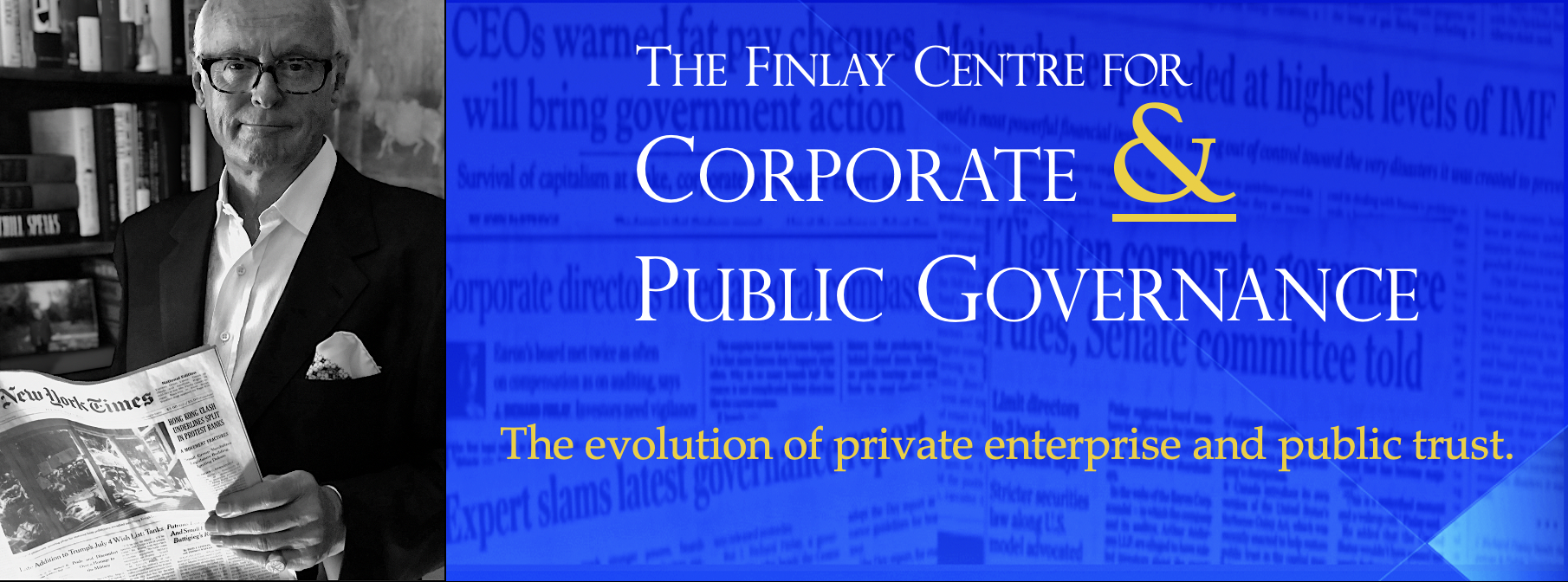 America’s brief romance with what has been the closest thing to political Camelot since the Jeffersonian era began this night exactly 50 years ago, with the narrow election of John F. Kennedy to the presidency. It would not be until early the next day before it was certain that Mr. Kennedy had actually defeated Richard M. Nixon. President Kennedy’s margin of victory was small, a mere 112,000 votes. But fate on that night had a monumental-scale drama in store for both men and the nation they eventually led.
America’s brief romance with what has been the closest thing to political Camelot since the Jeffersonian era began this night exactly 50 years ago, with the narrow election of John F. Kennedy to the presidency. It would not be until early the next day before it was certain that Mr. Kennedy had actually defeated Richard M. Nixon. President Kennedy’s margin of victory was small, a mere 112,000 votes. But fate on that night had a monumental-scale drama in store for both men and the nation they eventually led.
Little on these pages can add to what has already been written about the sense of optimism that came with the Kennedy presidency, its commitment to excellence in bringing in gifted men and women to public service and a unique style of words, dress and culture that transformed the White House into a glittering showcase that inspired much of the world.
The achievements in that short 1000 days of America’s 35th president ranged from setting a goal to place a man on the moon by the end of the 1960s, (done); signing a comprehensive test ban for above ground nuclear weapons (still in force) and causing the Soviet Union to remove nuclear weapons from Cuba (which it never placed there again). It is hard not to see how the world is better off. It also brought to public service a whole range of personalities and individuals who continued to contribute for decades. The last of them, Ted Sorensen, passed away a week ago.
What was created on this night, November 8, back in 1960 seems far in the past now. But its faint echoes still ignite the hearts of millions who believe that there can and should be something ennobling in the leadership of a great land, that politics is a high calling, that doing things well and with precision is an achievable goal even in government and that the dream of a better life is something that awaits to be summoned up in all of us.
